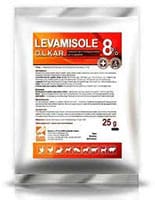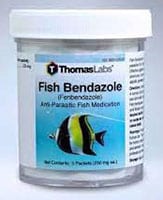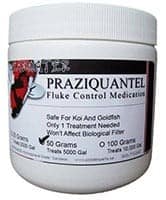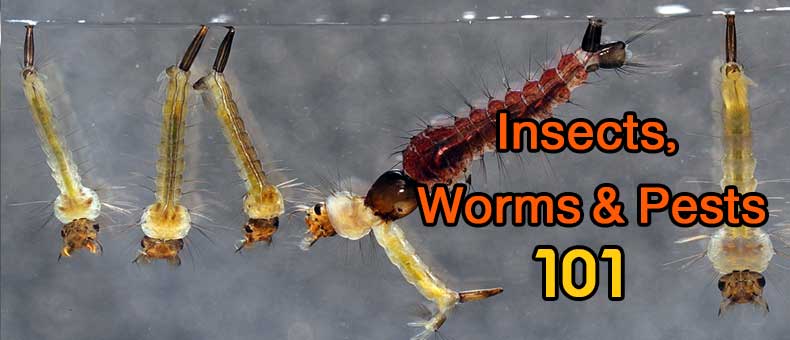
At times, certain creatures enter the fish tank and become stuck on plants or fishes. Among these creatures, the most common which breeders of discus find in their aquariums include detritus worms, snail leeches, hydra, and planaria.
Table of Contents
- Pests & Worms Categories
- Critters (Most Common Aquarium Pests)
- Worms
- Crustaceans
- Insects
- Bloodworms
- Limpets
- Identifying Pests
- Medication for pests
Pests & Worms Categories
So Pests, worms, insects ..etc. are categorized into:
- Critters
- Worms
- Crustaceans
- Insects
- Bloodworms
- Limpets
Critters (Most Common Aquarium Pests)
Hydra

When the creature found in the aquarium water has a lot of arms with its head, it is a hydra. These critters are not worms in the strictest sense of the word, in fact, they are in closes relation to anemones.
Detritus Worms
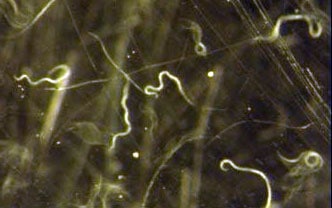
One can find detritus worms in almost any aquarium. When discus fishes are overfed, these critters tend to increase in number by a large magnitude. Another factor that can increase their number in a tank is when it is too large.
Planaria
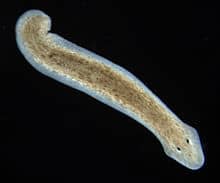
Planaria and rhabdocoelas are other kinds of critters that can be found in aquariums. They look like gliding worms that crawl along with the glass of the aquarium.
Snail Leeches
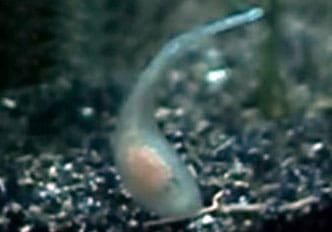
One other habitant that can be found in tank water is a snail leech. This is a creature that looks like a worm and has a fat body. Just like most aquarium pests, it also sticks itself along the tank wall (aquarium glass). The critter usually waves its head forth and back in the aquarium water.
Snail leech are not the same as unwanted small snails everybody are talking about.
Worms
Before talking about the various medicines to deal with worms, let us first examine the groups of worms. There are four groups in total – three worm groups and a hydra group.
Flatworms (Cestoda and Trematoda)
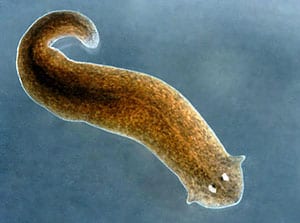
The worms that fall under this group are the rhabdocoelas, planaria, and flukes.
Roundworms (Nematoda)
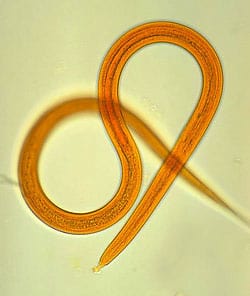
Camallanus and capillaria fall under the group nematoda.
Tubeworms (Annelida)
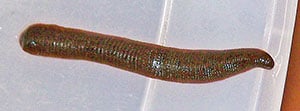
Examples of tubeworms include snail leeches, leeches, and detritus worms.
Polyps (Cnidaria)
Only the hydra falls under this group.
It is important to know that before critters such as snails, invertebrates, and shrimp, you must increase the dose of the medication you want to use. Fenbendazole and copper are usually not used to get rid of snails in a tank (aquarium) because the dose of those two is not strong enough to get the job done.
When there are nematodes in the tank, the medication that can get rid of them is Levamisole. For pests like planaria and flukes, the medication that works is praziquantel.
Crustaceans
A crustacean is a pest that looks like a speck of either white or black which moves rapidly and in succession.
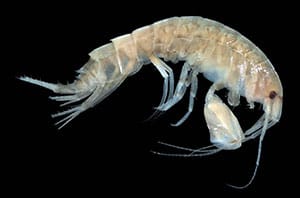
Crustaceans are invertebrates – just like insects, they possess an outer exoskeleton. They include copepods (also cyclops), seed shrimp (ostracods), and daphnia (cladocera).
This kind of pests in the aquarium is even considered food by the fishes and therefore, they would not be easily found in a tank that is home to fish as a result, they are usually found in large numbers when the aquarium does not have any fish.
Insects
It is not a new thing to find that the aquarium water contains insects – since plants are also put inside aquariums, they attract insects.
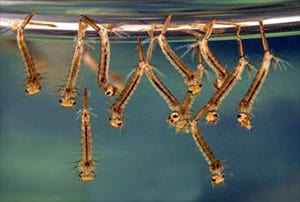
Insects like bloodworms are not easily found in aquariums, however, the most kinds that could be found are larvae of mosquitoes. It is also possible to find the larvae of a moth in the tank.
Plants tend to bring a lot of inhabitants from ponds to the aquarium. Most of the inhabitants are generally innocuous.
Bloodworms
There have been many cases where discus breeders find worms in their aquariums that are either red or reddish brown in color and in most cases, these breeders assume that those pests are either capillaria or camallanus (nematode worms that can kill fishes).
Capillaria or camallanus worms have a body that is slender and do not possess any identifiable features. Furthermore, they have a very small life stage in which they are not nonparasitic. These worms do not move or swim in the aquarium water. However, one can only find capillaria or camallanus worms within discus only when the fish has been fed medication that paralyzes them.
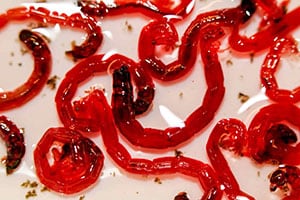
Majority of bloodworms are larvae of chironomid gnats (gnats or midges are types of flies that look like a mosquito).
These creatures (bloodworms) have a perceivable head, their jaws are mandibulate, they have a body that is clearly segmented, and they usually have a single proleg (such as those that are found along the base of a caterpillar) under their throat. Near the end of their abdomen, they sometimes have growths that appear like tentacles.
Bloodworms are fed to Discus when they are frozen or when they are alive,
Sometimes, certain detritus worms (annelida) are thought of as bloodworms. This is because their blood contains hemoglobin and they are bright in color. The difference is that unlike bloodworms, they don’t have distinct heads neither do they have legs.
Limpets
Every snail whose shell is flat – appearing like one-half the shell of a clamp – falls under the group known as “limpets” whether they are closely related or not.
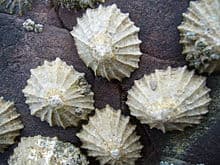
There is another kind which is called freshwater limpets – they are ramshorn snails of the genus Ferris and the Planorbidae family which means that they are not limpets.
Identifying Pests
If there are creatures that look like worms moving along the glass in your aquarium, you can detect what kinds of creatures they are by the way they move:
- If the movement of the entire body of the creature is jerky or it appears that the worms are dashing along with the glass or on the water surface in a snakelike motion, the pest is most likely a detritus worm. Detritus worms fall under the group of worms called Annelida (tubeworms). These worms are long and thin in shape, they usually curve their bodies and they don’t typically have ahead.
- For flatworms, their bodies are latched onto the glass and they keep moving although their movements are slow like that of a snail. Some of the worms in this category include planaria (with a head shaped like an arrow) or rhabdocoelas (their heads are round). Worms under this category (flatworms) are usually flat and wide in shape and they don’t usually curve their heads often.
- The pest in the aquarium is one of the species of leeches if part of their body is moving in the water and the other part is latched onto the aquarium glass. The name given to the movement of leeches is “looping.” This means that they attach the alternate ends of their bodies to the tank wall – head attaches, the tail moves up, tail attaches, the head moves forward, and so on. The swimming movement of leeches in water is wiggly.
- If one end of the critter in your aquarium is on the glass while the other is in the water and has multiple tentacles, it is a hydra.
- Crustaceans appear as small white dots or black dots that move in succession.
Medication for pests
There are various treatments (selective and non-selective) for the various types of aquarium pests. They are as follows:
- The selective medication for flatworms is Praziquantel. Non-selective medication includes Fenbendazole and Copper.
- Selective medication for roundworms is Levamisole while the non-selective treatment that can be applied is oral fenbendazole.
- Use fenbendazole and copper for tubeworms (annelida)
- Fenbendazole and copper is also recommended for polyps such as hydra.
